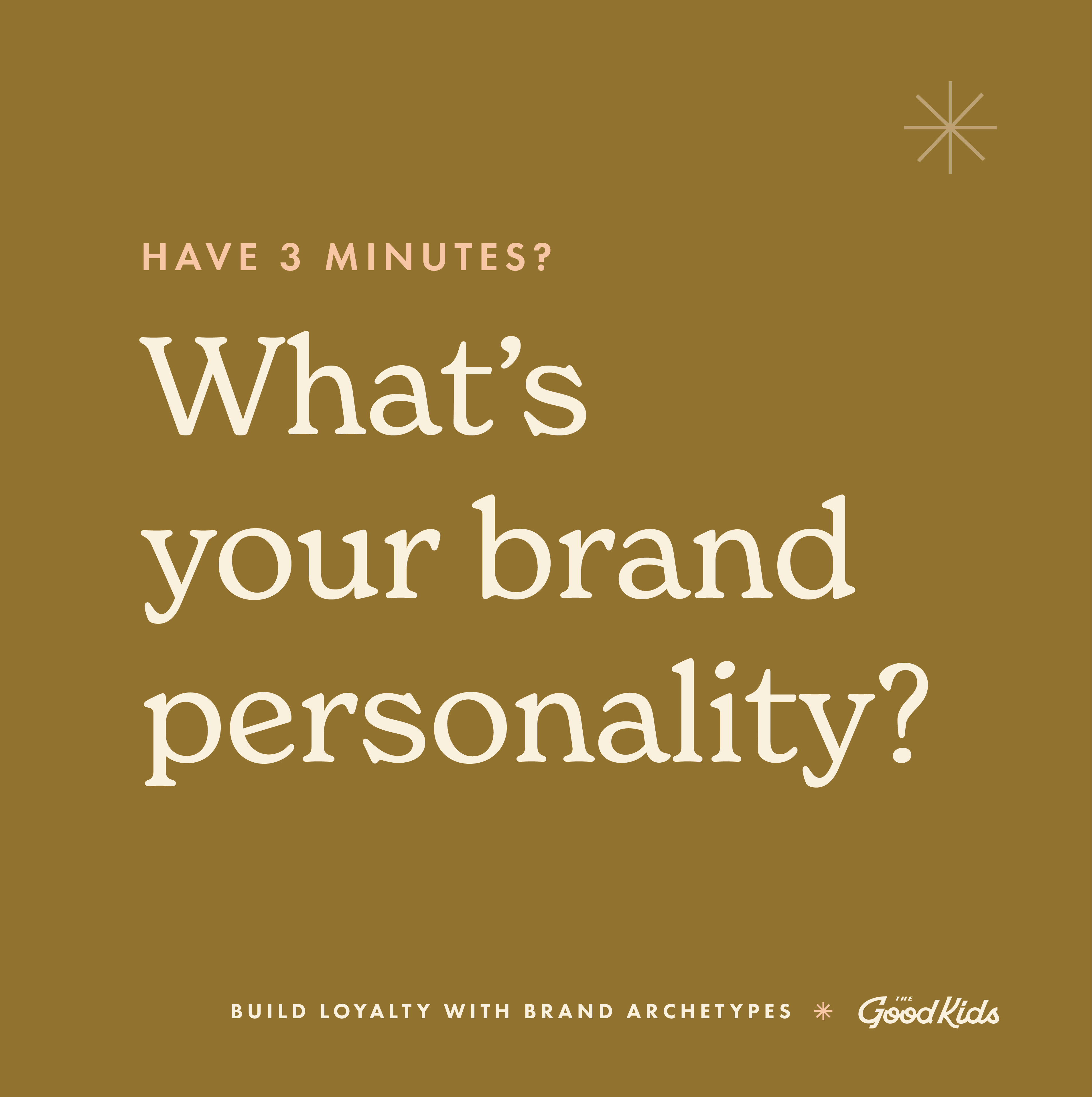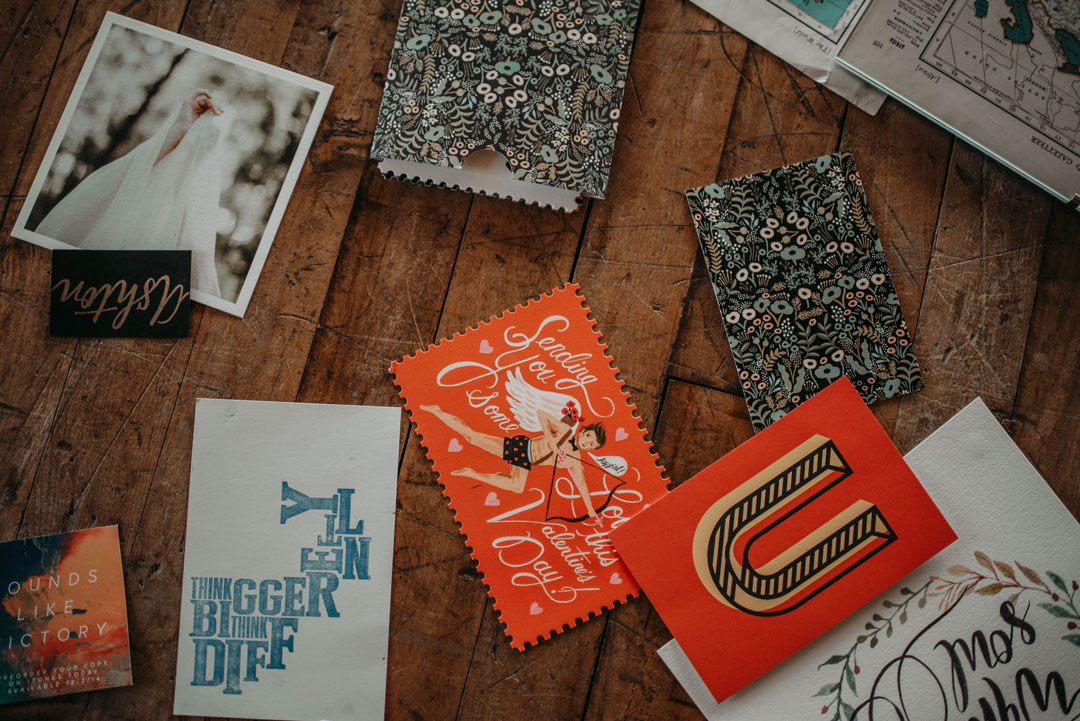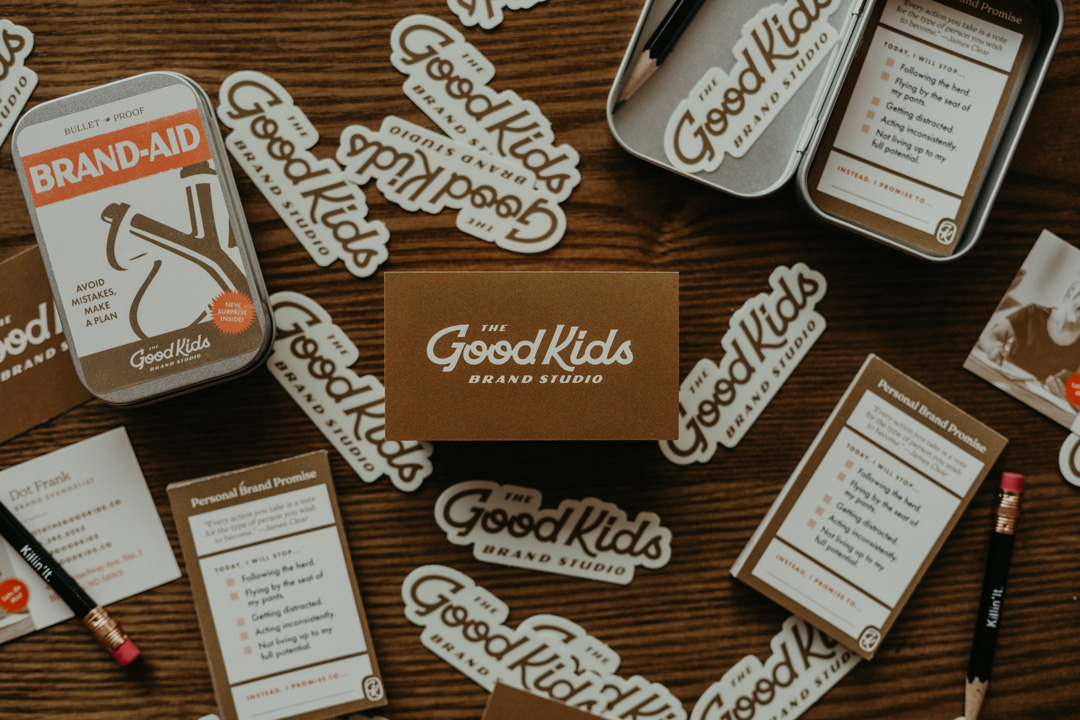
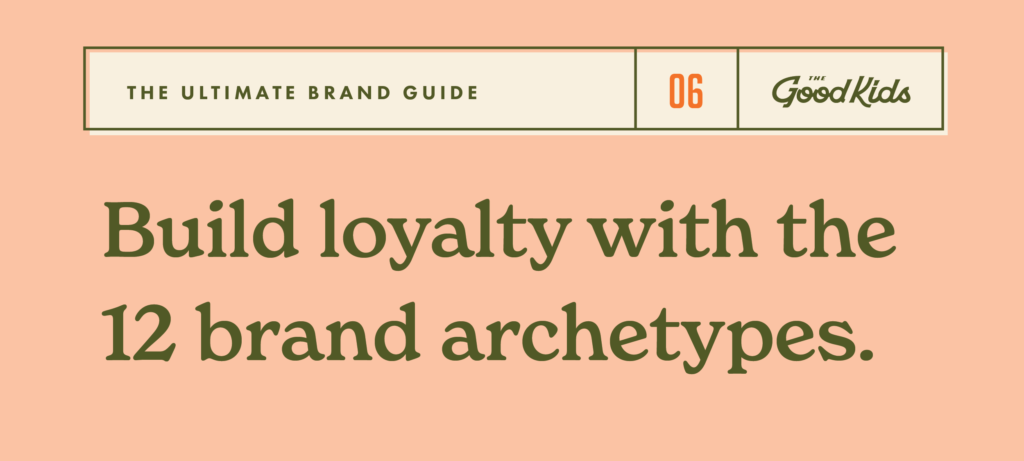
So far in this branding series, we’ve covered everything related to discovering who you are as a business and then we explored exactly who your target customer is so you can reach the right people.
Now that you know the in’s and out’s about your target customer (from what they wear to their biggest daily headache), it’s time to ask the question, “What type of guide do they need?”
In today’s market, it’s no longer enough to have the best features or the best product. Today’s consumers want to connect on a deeper level with the products they support. They are on a greater search for meaning and desperately need the right type of guide to help them find what they are looking for.
The trick is that not everyone finds meaning in the same way.
Some may find meaning through control (ability, leadership, innovation) and others choose connection (family, friends, community). Some may seek out to leave a legacy (adventure, rebellion, movements) and others seek enlightenment (truth, morality, freedom).
Thankfully, there are 12 proven brand archetypes that can help you bring meaning into your customer’s search, that in return, builds customer loyalty beyond any product feature or service ever could.
Think about it for a second…
Are there certain brands you gravitate towards, but can’t quite pinpoint why? Your love for that brand goes beyond the transaction or the product they make?
It’s probably because their story helps you find meaning in a way that fulfills some aspect of your life. Today we want to help you identify which of the 12 archetypes align with your business’s brand personality (and customer’s desires) so that your business can build that same type of brand loyalty.
What are the 12 brand archetypes?
The 12 brand archetypes were created by Carl Jung, a Swiss psychiatrist, in 1919. He found that all humans have one dominant trait that leads to their behavioral patterns, desires, values and motivations, and that there are symbolisms as old as time that represent these same qualities.
(Like a magician represents awe, innovation, and wonder or how an explorer represents adventure and the great unknown.)
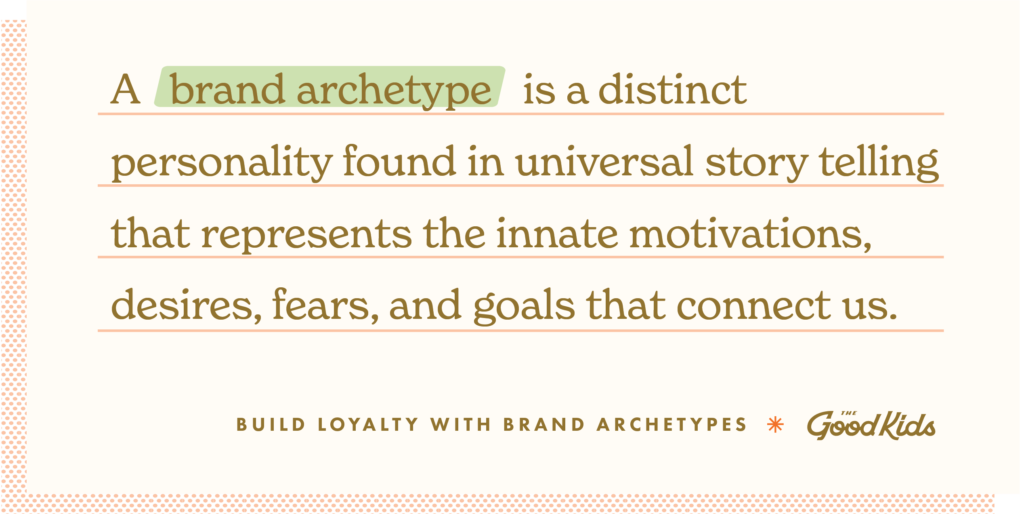
This is where the 12 archetypes were born. Each archetype has a distinct personality with its own set of characteristics, motivations, fears, and goals. Not only are the 12 archetypes universal and eternal, but they represent our fundamental needs and satisfy our search for meaning that our customers are looking for.
Leveraging these archetypes as a part of your brand story is an immensely powerful way to connect with your target audience.
Why are brand archetypes effective?
The brilliance behind the brand archetypes is that they are universally understood across both cultures and generations. From great heroes like Hercules in Greek mythology to those like Muhammad Ali, the best heavyweight boxer of our day.
When a business or brand embodies a consistent archetype, it lets customers quickly identify their place in the overarching story and internally bonds them with their mission. Along the way, the story brings meaning to people and objects that previously had none. Suddenly the color gold represents authority, power, and strength and things like a boxing mitt signifies hard work, overcoming, and perseverance.
If we bring this concept to branding, it can be a very effective tool.
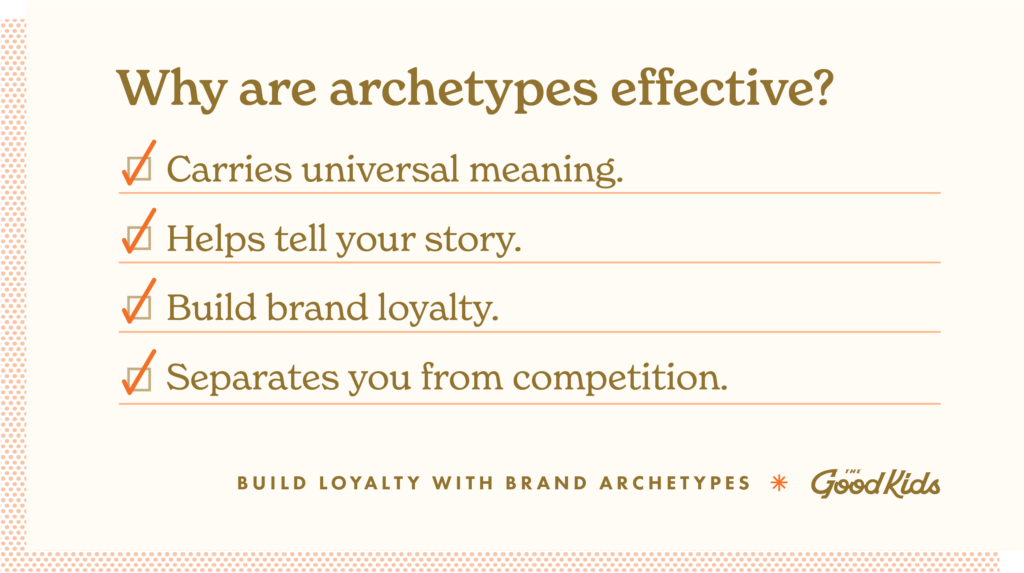
HERE’S 3 WAYS ARCHETYPES CAN IMPROVE YOUR BRAND:
- Helps you tell your story. Customers don’t just want your product, they want to believe in the WHY behind your product which requires us to be great storytellers. In any great story, there’s the protagonist (your customer) and the guide that helps them along their journey (your business’s archetype). By choosing an archetype, you will better be able to share your story and, in return, your customers will be able to quickly relate to the mission of your business.
- Builds brand loyalty. Each of the 12 archetypes represents inner motivations, fears, and goals so when they are consistently embodied within a brand, it ushers in an enormous amount of meaning into your story. For example with Nike, instead of just buying a pair of athletic shoes, you are buying the heroic story that overcomes all obstacles in order to reach the top. That story brings powerful meaning that builds a natural bond between you and your customer.
- Separates you from your competition. Although you might have a similar product or feature to your neighboring competitor, your archetype and the meaning you give to your customer can be totally different. Take Coke and Pepsi for example. While Coke embodies the Innocent archetype with happy-go-lucky, cheerful stories, Pepsi embodies the Jester with stories that are all about having fun using humor and spontaneity. You can use the archetypes to easily separate yourself from your competition.
Which archetype are you?
Let’s get to the fun part, shall we?
(Are you a dessert before dinner kind of person? Take our FREE brand archetype quiz to find your brand personality!)
With your target customer in mind, read about each brand archetype to identify what type of guide will help them find what they are looking for. It’s best to choose a primary archetype that your brand can genuinely embody from your CEO to every other member of the team. By doing so, you create one, consistent story that you can invite your customer into.
There are four key desires for each of the archetypes: Control, legacy, enlightenment, and connection.
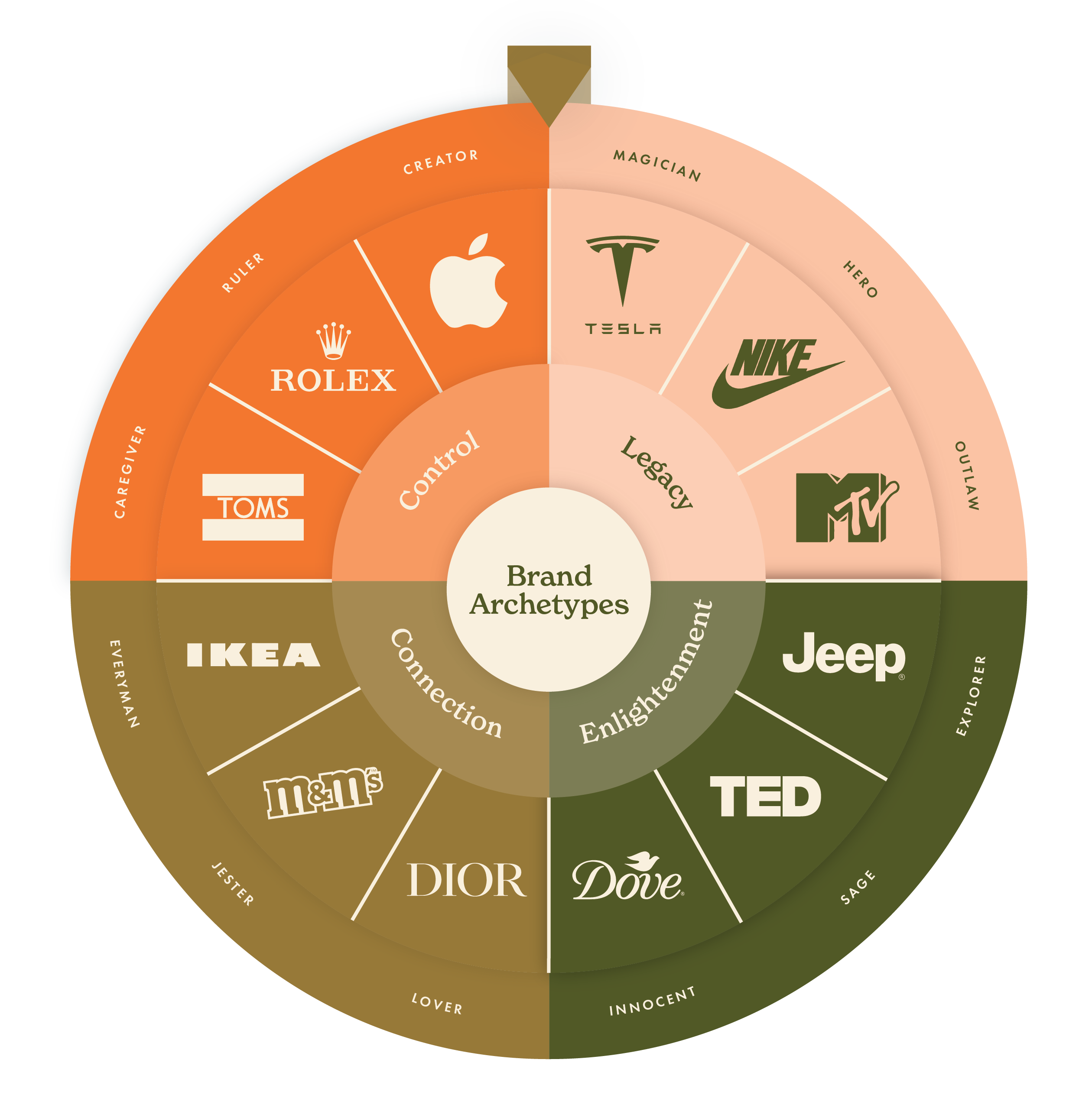

Leave a Legacy
The Magician
The Magician wants to make your dreams come true. They are the visionaries, inventors, charismatic leaders, and healers. They develop a vision and live by it.
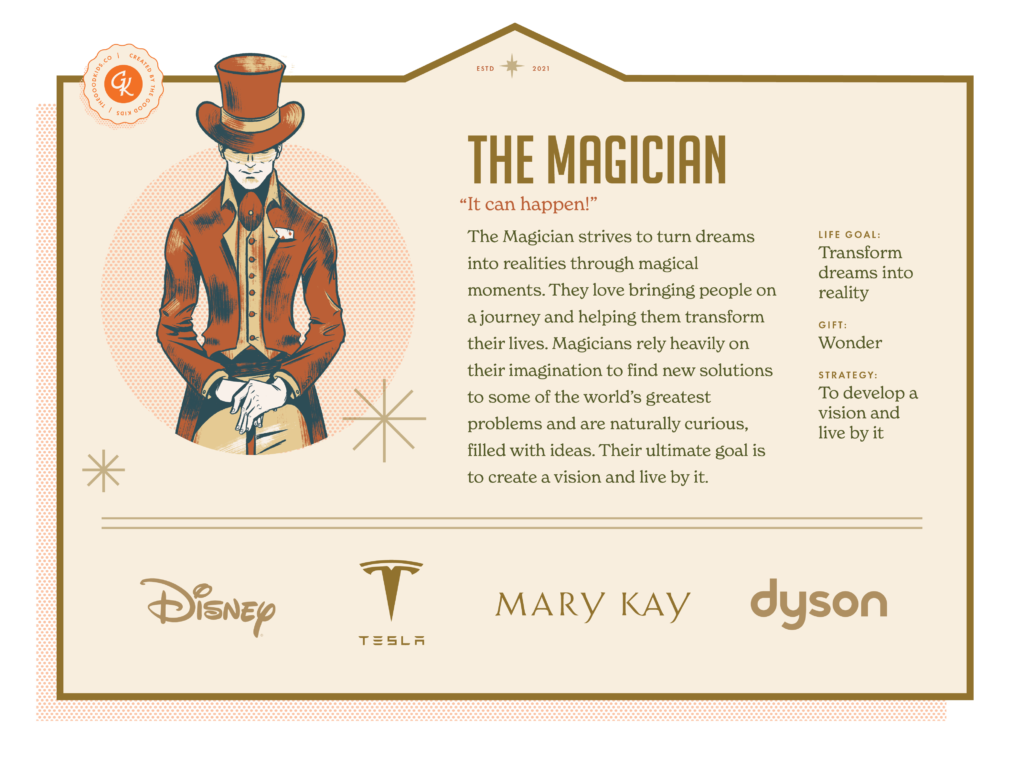
The Hero
The Hero wants to prove one’s worth through courageous acts and believe where there’s a will there’s a way. They are the warrior, superhero, and winner.
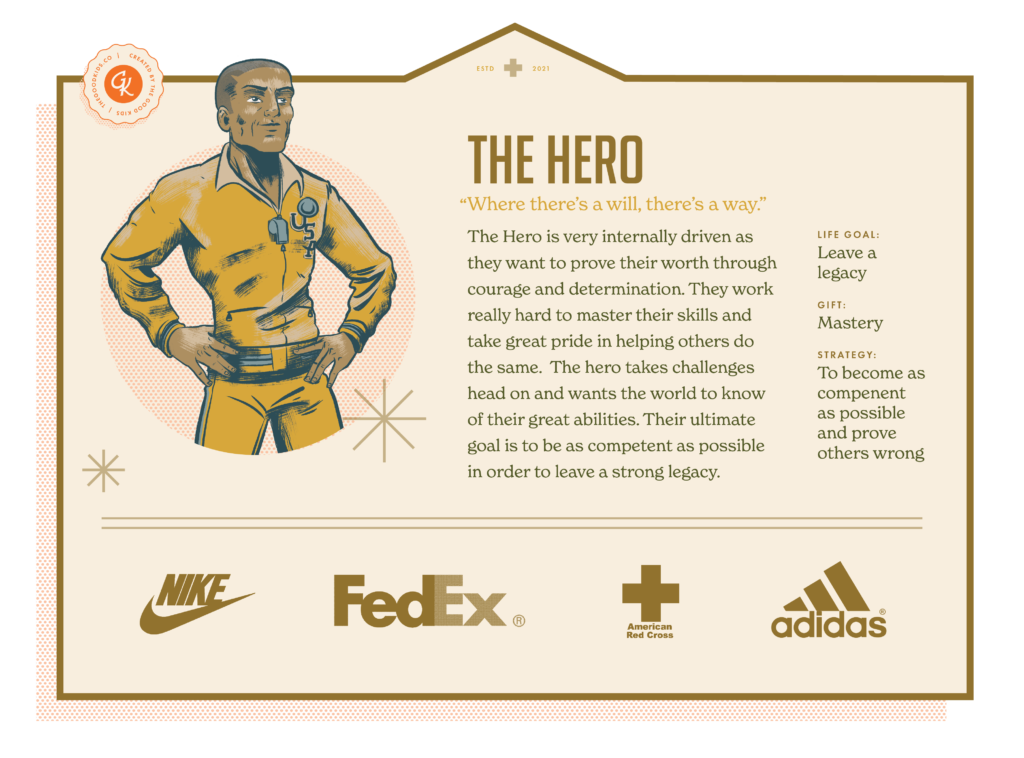
The Outlaw
The Outlaw wants to overturn what isn’t working and believes rules are meant to be broken. They are the rebel, misfit, and revolutionary. They seek revenge.
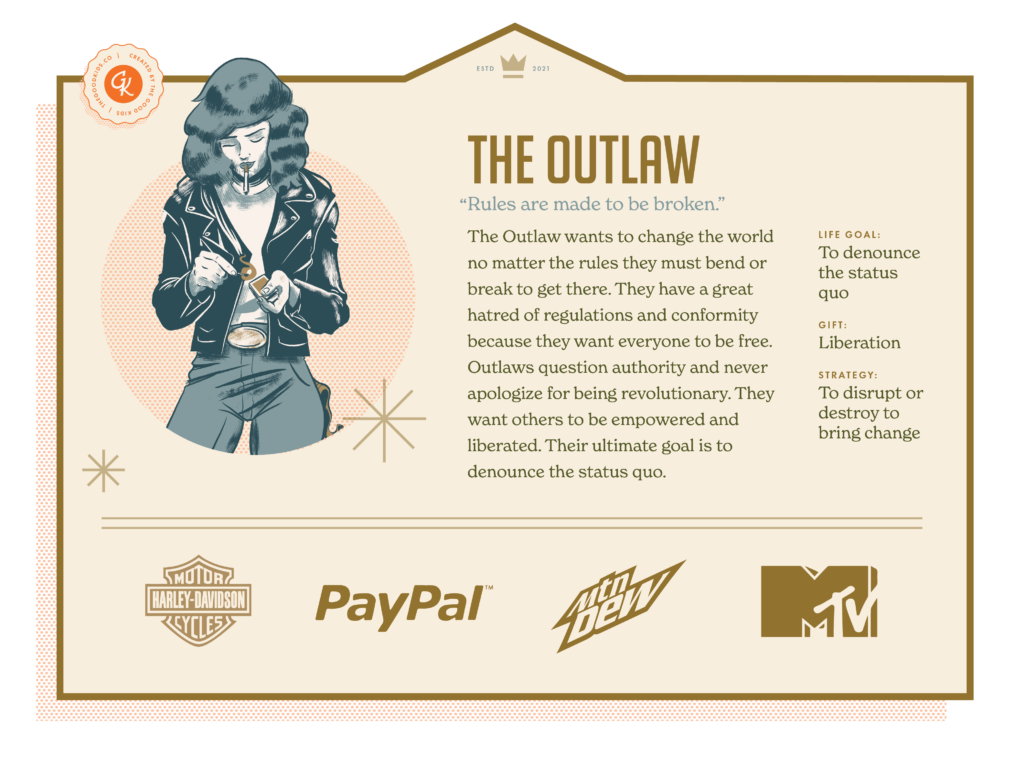
Enlightenment
The Explorer
The Explorer wants to experience a more authentic, fulfilling life in true freedom. They are ambitious and seek newness. They are the wanderer and individualist.
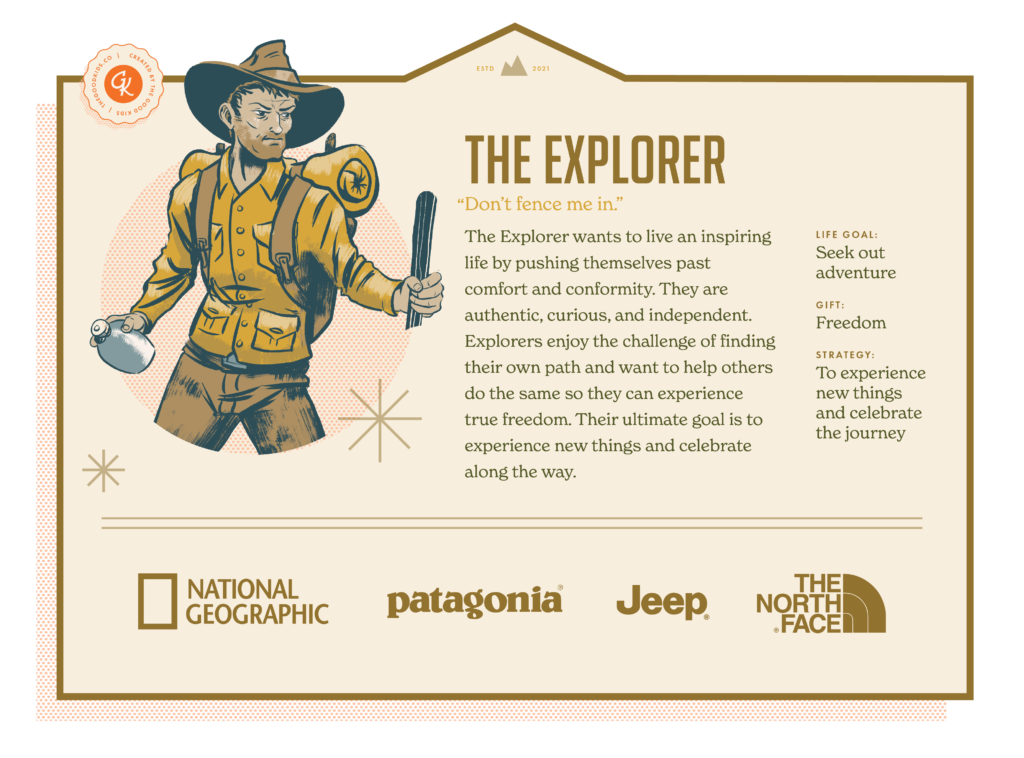
The Sage
The Sage wants to use statistics and data to understand the world. They believe the truth will set you free and hate ignorance. They are the scholar, thinker, and teacher.
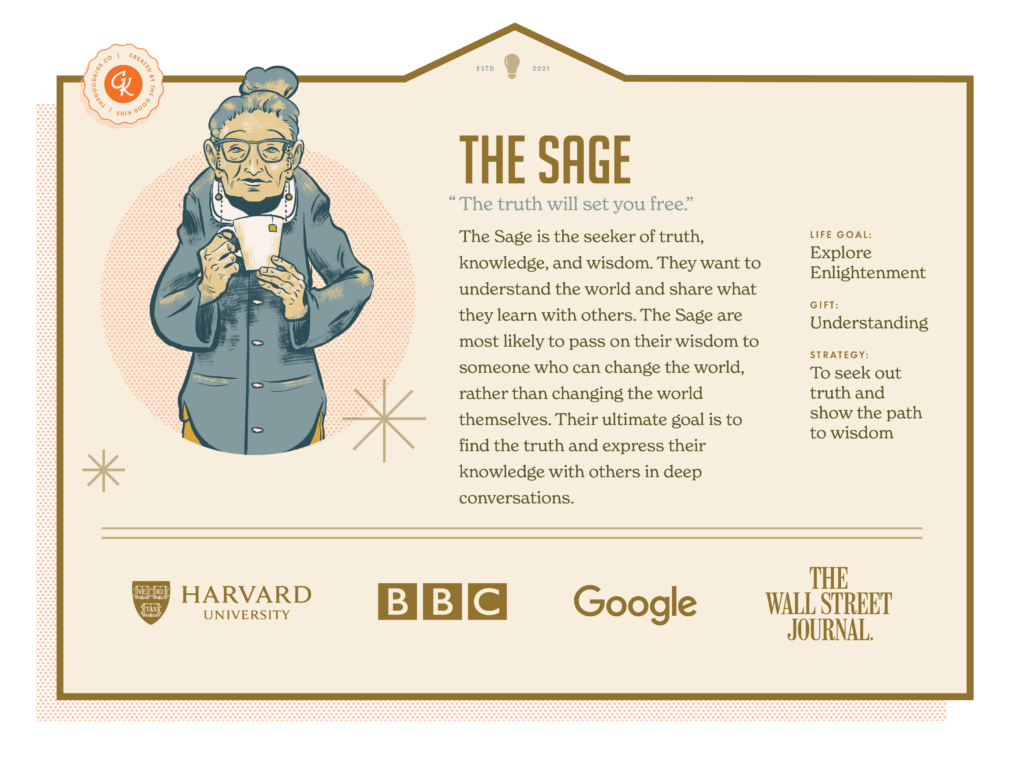
The Innocent
The Innocent wants to be happy and ultimately get to paradise. They like to do things right and values faith and optimism. They are the dreamer, mystic, and saint.
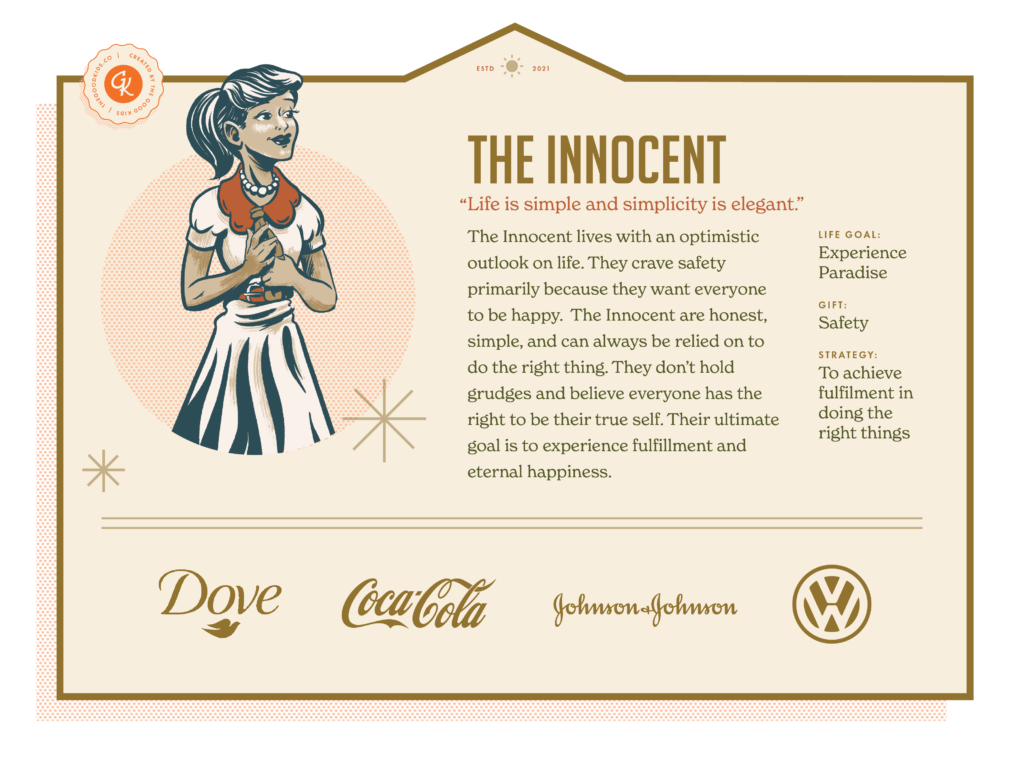
Connection
The Lover
The Lover wants to be in a relationship with people, their work, and their surroundings. They value intimacy and experience. They are the friend, team builder, and partner.
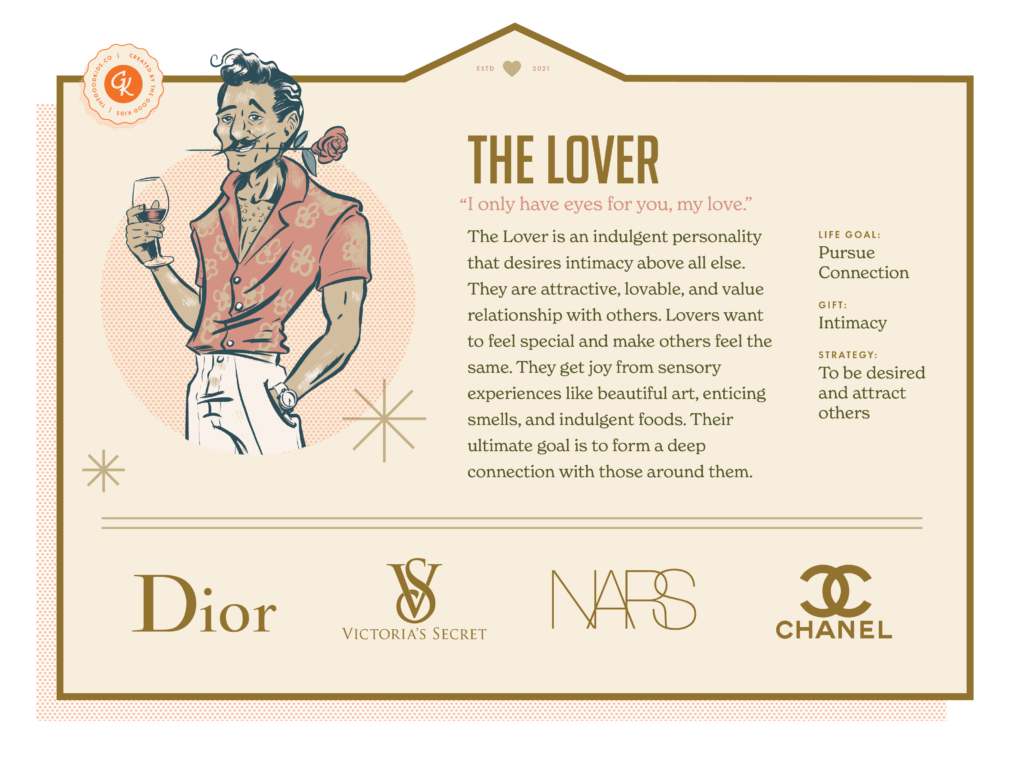
The Jester
The Jester wants to have a great time and bring joy to the world. Their motto is ‘you only live once’ and hate wasting time. They are the trickster, joker, and comedian.
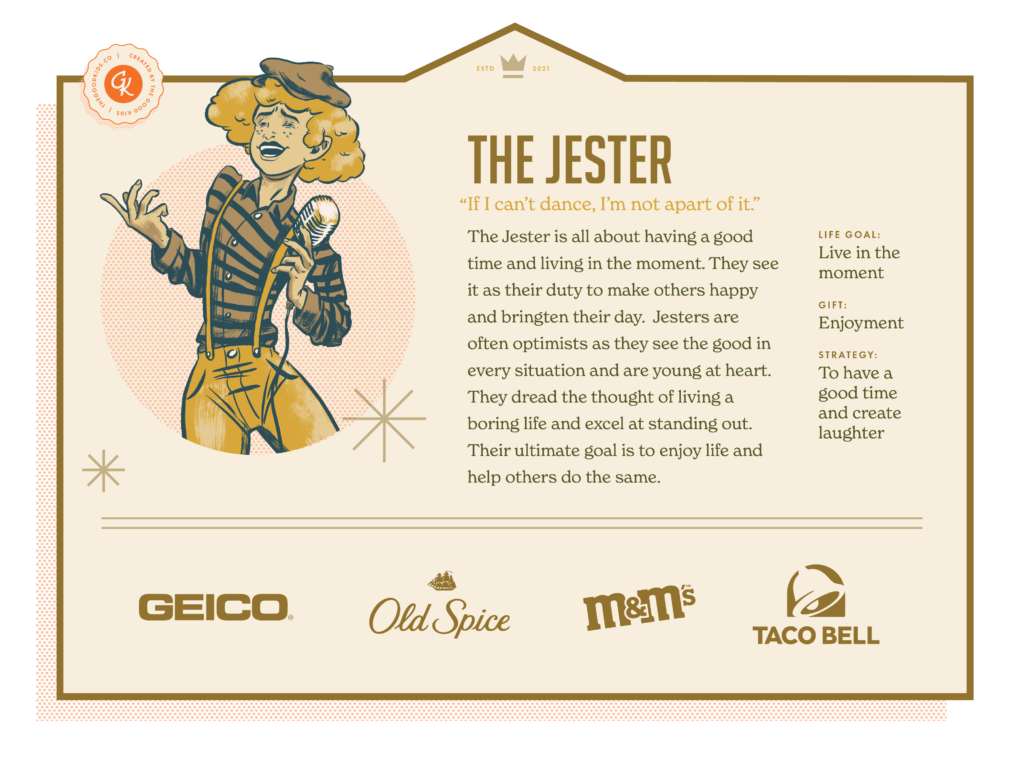
The Everyman
The Everyman wants to belong and connect with others. They are down to earth and have great empathy. They are the good neighbor, solid citizen, and the good ol’ boy.
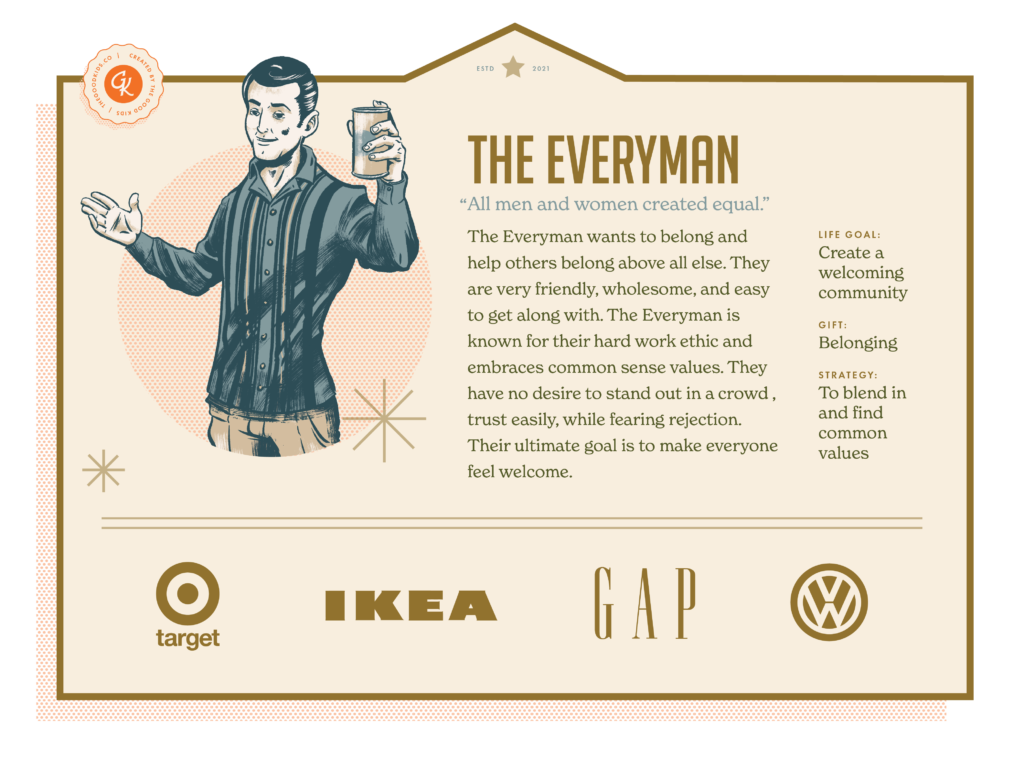
Control
The Caregiver
The Caregiver wants to help by keeping others protected and cared for. They love being generous and has great compassion. They are the helper and supporter.
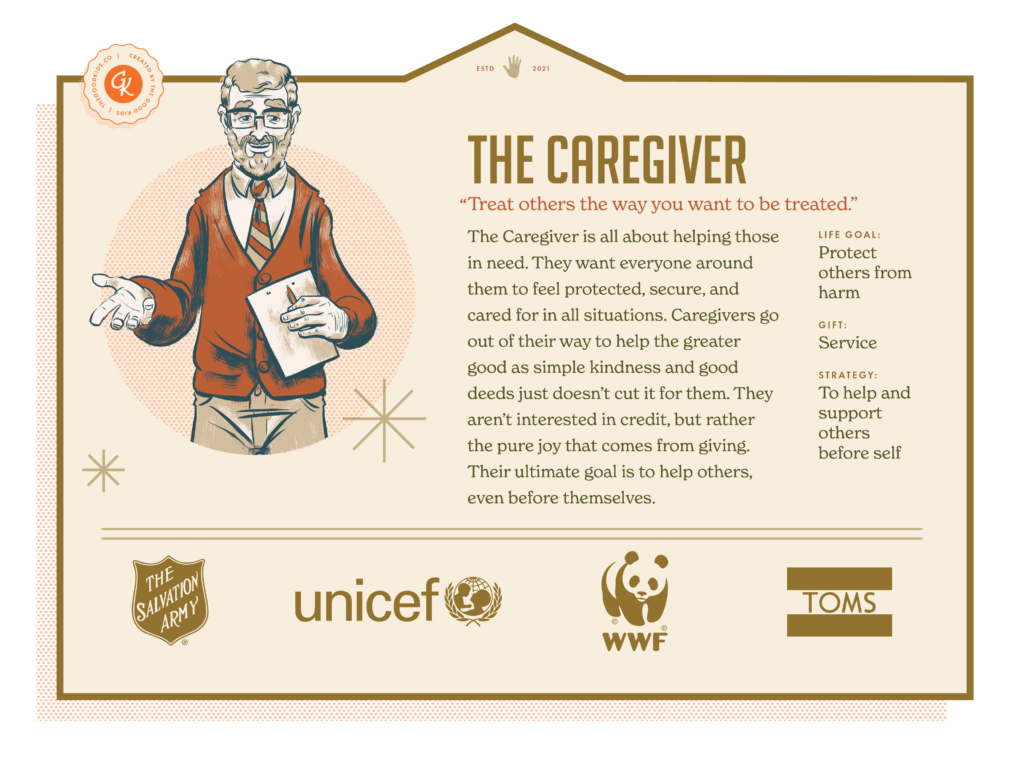
The Ruler
The Ruler wants to create a prosperous community for their family. They believe power is the greatest asset. They are the boss, leader, king, politician, and model.
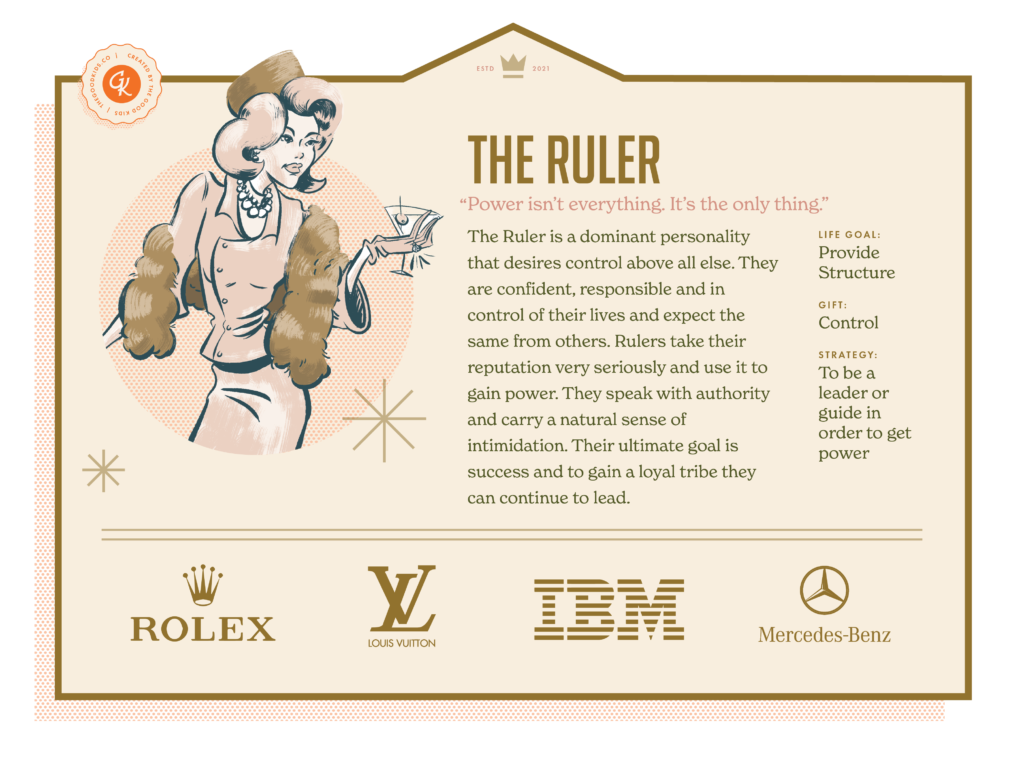
The Creator
The Creator wants to bring a vision to life using their artistic skill set. They value creativity and imagination. They are the artist, inventor, writer, and musician.
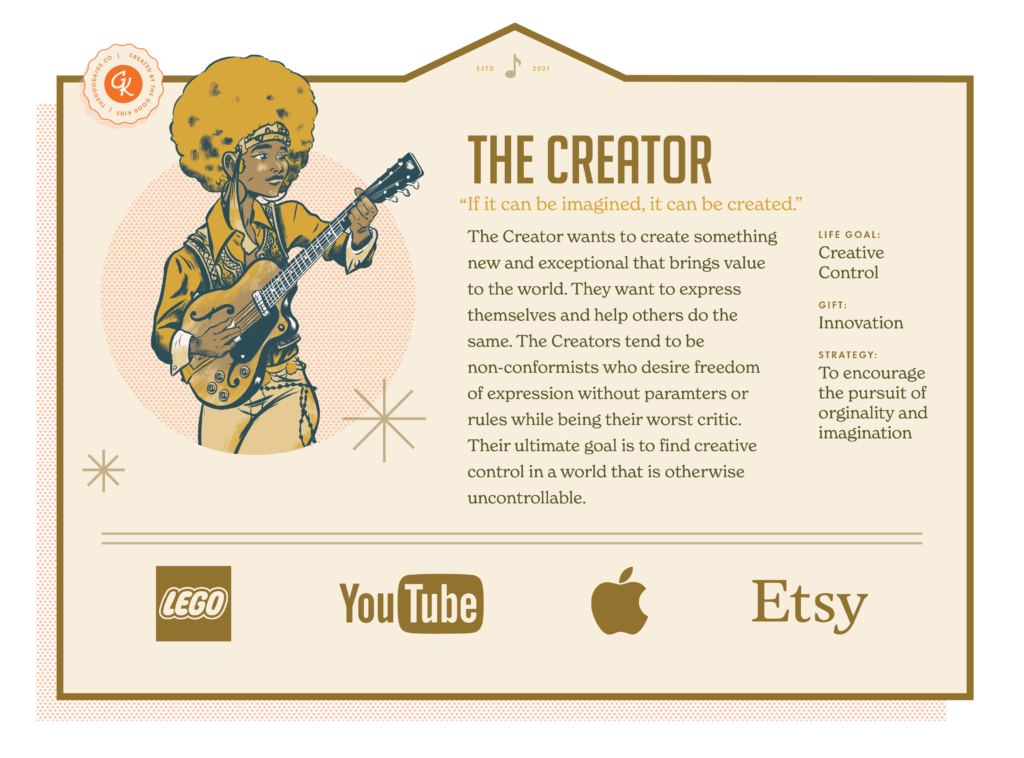
How To Implement Your Brand Archetype
Now that you know what brand archetype will help your business tell its story best, it’s time to implement it into all of your marketing efforts so you can quickly invite your customer into the story and build brand loyalty.
HERE’S 4 WAYS TO USE YOUR BRAND ARCHETYPE:
- Share it with your team. The first place to start is by sharing the archetype with your entire team from the CEO to the support staff. The chosen archetype isn’t simply a mask that you can take on and off, but rather a universal character that embodies very inner motivations and fears so it takes a full team effort to genuinely embody the archetype to your audience.
- Update your messaging. Before choosing an archetype, you may have been telling the right story, but with a wrong tone or with language that your customer doesn’t naturally relate to. Using your archetype, you can fully embrace their personality and speak directly to the heart of your customer.
- Develop a brand identity that tells the right story. Now that you’ve identified what source of meaning your customer desires alongside how you can uniquely help them achieve that, you can make very strategic decisions about how your brand both looks and feels. Using things like color and shape, a designer can use psychology and design principles to create visuals that carry the same meaning so everything from your colors and fonts to your logo and imagery tells the right story.
- Consistently tell the same story. This is where it gets hard. Because each of the 12 archetypes are relatable to every single person in some way, it can be easy or tempting to change archetypes over the years to come. While this may be the right answer in very limited scenarios, it’s often best to stick with the same archetype so you don’t lose the loyalty you’ve built up or cause confusion. Both of these things could trigger your audience to leave. Instead, you might need to rethink how the same archetype needs to reach the next generation. The story is the same, but how you communicate it might be different.
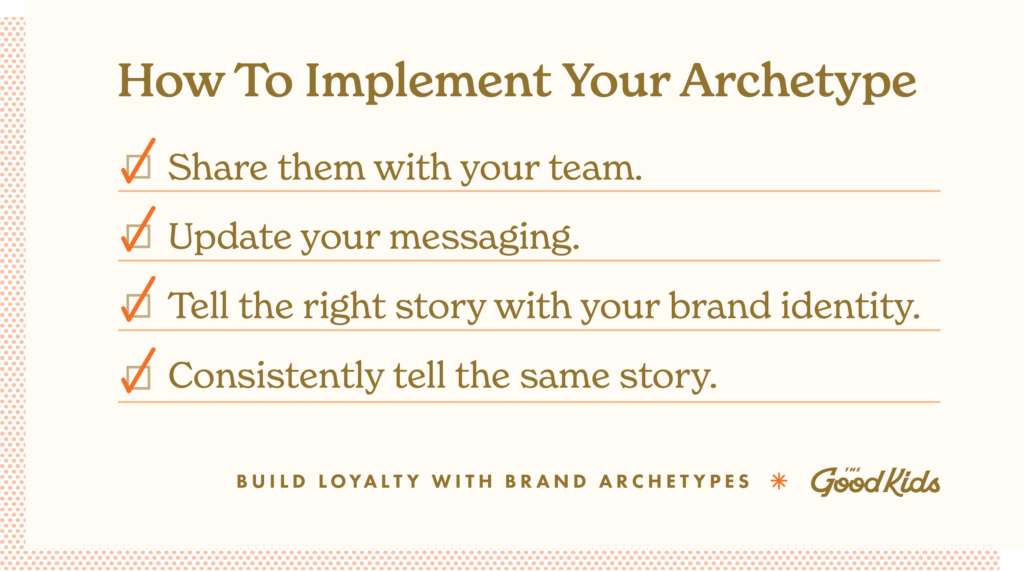
Now you’re all set!
Ready to discover which of the brand archetypes can help you grow your business?
Take our FREE brand archetype quiz to do just that!
